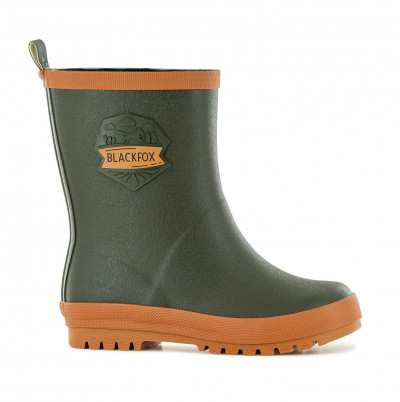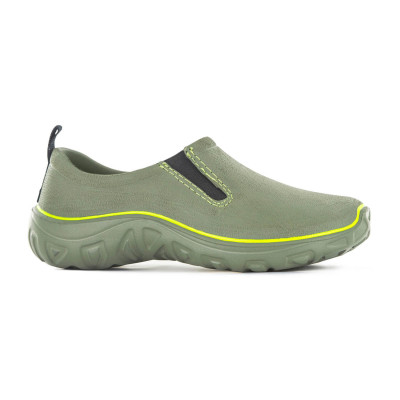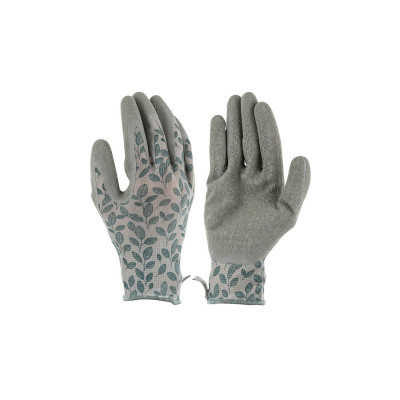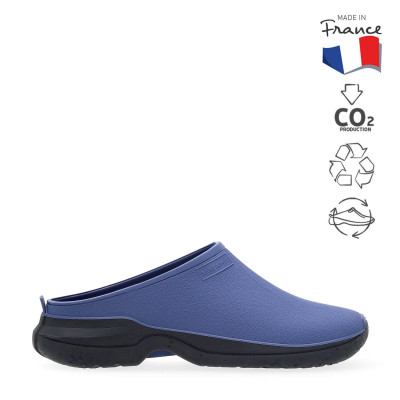Which garden shoes for which weather?
Garden shoes are more than just accessories – they are your essential allies for comfort, safety, and protection during all your outdoor activities.
Whether you're a hobby gardener or a professional, choosing the right footwear based on the seasons and weather is essential to keep your feet protected and work efficiently. Discover all our tips for selecting the best boots, clogs, and other types of garden shoes suited to every weather condition.
Which Shoes for Each Season?
Gardening is a year-round activity, which means adapting your footwear to the specific weather conditions of each season. Every time of year comes with its own challenges, requiring the right solutions to ensure your comfort, protection, and foot safety.
In Winter
In winter, low temperatures and constant humidity call for warm, well-insulated boots with thick, non-slip soles. These boots not only provide excellent protection against the cold but also enhance safety on slippery surfaces.
Rubber boots lined with insulating materials are ideal for this season. They keep your feet warm while providing optimal protection against rain and mud.
In Spring and Autumn
These transitional seasons are often characterized by changing weather, alternating between rain and milder days. Rubber boots become essential during this time. Their waterproof design keeps your feet dry, while their non-slip soles provide excellent grip on wet ground. On warmer days, you can opt for clogs or lightweight garden shoes that offer good ventilation while still providing adequate protection.
In Summer
In summer, opt for lightweight and breathable footwear to keep your feet cool. EVA clogs or perforated garden shoes are perfect for this season. Clogs allow for good air circulation, reduce sweating, and provide excellent comfort even during long hours of work. For even more lightness, choose technical sandals or ventilated clogs that combine freshness and safety.
Which Shoes for Different Weather Conditions?
Beyond the seasons, it's important to choose your garden shoes based on specific weather conditions. Here are our recommendations for each type of weather.
Garden Shoes for Rainy Weather
Rain quickly makes the garden slippery and muddy, increasing the risk of falls. Rubber boots are essential for ensuring your safety. Waterproof and easy to maintain, these boots provide excellent protection against water while allowing your feet to breathe. Opt for models with non-slip soles to prevent slipping. Mid-calf boots are particularly practical, as they effectively block splashes while remaining comfortable to wear.
Garden Shoes for Dry and Hot Weather
When the sun is shining, it's time to put away your boots and opt for lighter footwear. Clogs, specialized gardening sneakers, or technical sandals made from breathable fabric are ideal for working in optimal conditions. These shoes keep your feet cool while providing good protection and excellent comfort. The choice of soles is crucial here—opt for flexible soles that absorb shocks to prevent foot fatigue during long hours of gardening.
Which Materials to Choose for Your Garden Shoes?
The choice of materials is a key factor in ensuring the protection, safety, and comfort of your feet. Here are the main materials to consider for your boots, clogs, and other garden shoes:
Rubber
Rubber is a must-have for boots and garden shoes. This waterproof material offers excellent durability and protects your feet from mud and rain. Additionally, rubber soles provide optimal grip on slippery surfaces, ensuring your safety.
EVA
Lightweight and flexible, EVA is particularly suited for garden clogs. This material provides good cushioning and excellent comfort, making it ideal for warm days. EVA clogs are also easy to clean and resistant to moisture.
Why Should You Rotate Your Garden Shoes?
To ensure proper protection and maximize foot comfort, it's recommended to have multiple pairs of shoes suited to different weather conditions.
Switching between rubber boots, clogs, and lightweight shoes allows you to always have the optimal solution based on the weather and the specific needs of your gardening activities.







